Your Guide to Plants That Actually Thrive in Dark Rooms
I’ve been helping people bring a little green into their homes for a long, long time. And the one question I hear over and over is, “What can I possibly grow in my dark apartment?” So many people think that having no sunny windows is a death sentence for any plant dreams. Let’s get this straight: that’s just not true. You just need the right plants and a few tricks up your sleeve.
In this article
- First, What Does “Low Light” Even Mean?
- Your Low-Light Shopping List: The Quick Version
- Setting Up for Success: Soil is Everything
- Meet Your New Plant Friends: The Details
- Oh No, Pests! (Don’t Panic)
- What About ‘Lucky Bamboo’?
- When a Window Isn’t Enough: Bring in the Light
- Your Best Tool is Observation
- Inspirational Gallery
Honestly, I made all the same mistakes when I was starting out. I’d fall for a gorgeous, sun-loving plant at the nursery and then shove it in a dim corner, crossing my fingers. Of course, it would slowly give up on life. It taught me the most important lesson there is: you have to work with your home’s environment, not against it. The secret isn’t magic, it’s just understanding what these amazing plants are built for.
First, What Does “Low Light” Even Mean?
Before we go shopping, we need to be real about this term. For a plant, light is food. So a “low-light” plant isn’t one that loves the dark; it’s one that’s incredibly efficient at surviving on the ‘crumbs’ of light it gets. No plant can live in no light. That windowless bathroom or dark hallway? It’s not going to work without a grow light, period.
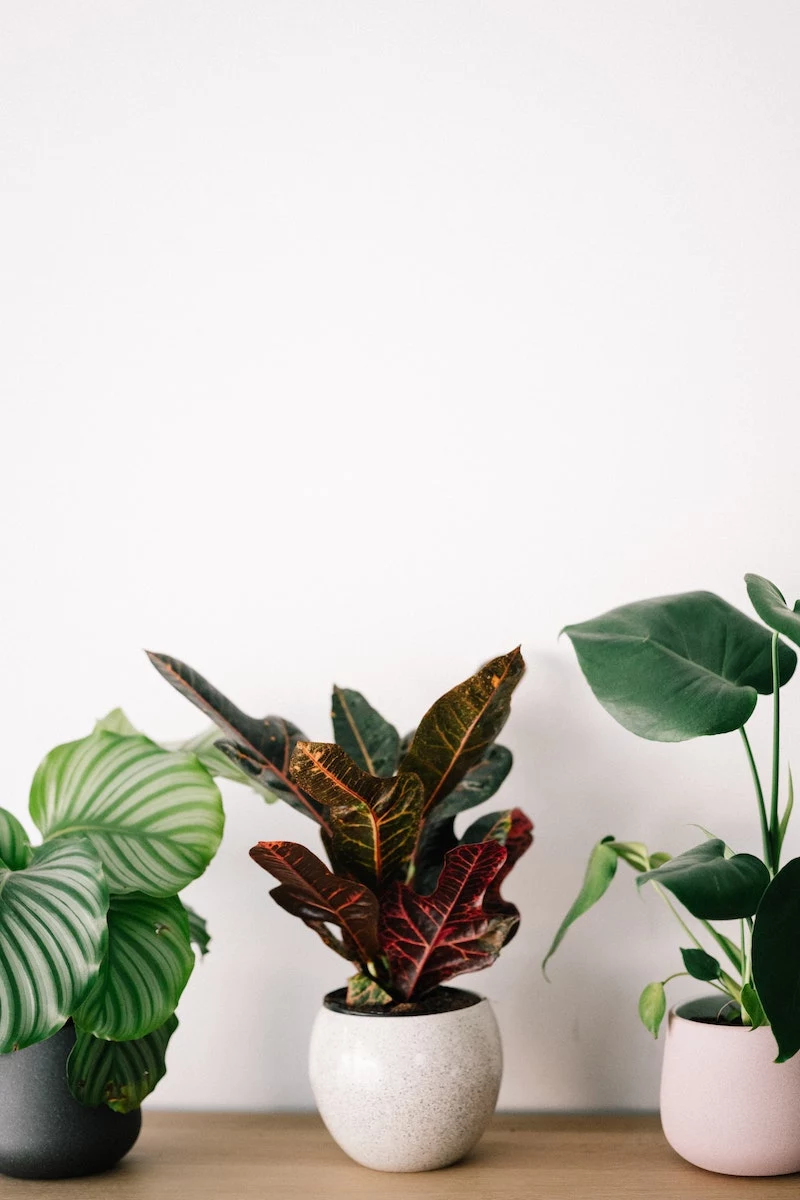
Most of the plants we call “low-light tolerant” originally grew on forest floors, under the shade of giant trees. To compete, they developed big, dark green leaves packed with extra chlorophyll. They’re basically masters of making a little go a long way.
Your Turn: The Five-Second Light Test
You don’t need any fancy gear. Go stand in the spot where you want a plant. Now, hold up a book or your phone. Can you read the text comfortably without squinting? If yes, you’ve likely got enough light for one of the plants we’re about to talk about. If you’re struggling to make out the words, it’s probably too dark for a plant to be happy long-term.
Your Low-Light Shopping List: The Quick Version
Before we get into the nitty-gritty details, here’s a quick cheat sheet. This isn’t a table, just a simple guide to help you choose.
- Most Indestructible: The Snake Plant. Seriously, it’s a tank.
- Best for Forgetful People: The ZZ Plant. It thrives on neglect.
- Safest for Pets & Kids: The Cast Iron Plant. It’s completely non-toxic.
- For a Trailing, Vining Look: The Pothos. Classic, communicative, and grows almost anywhere.
- If You Want Flowers: The Peace Lily. A bit of a diva, but it’s one of the few that will bloom without direct sun.

Setting Up for Success: Soil is Everything
The number one mistake I see people make with low-light plants is killing them with kindness—specifically, overwatering. In a dark spot, a plant grows slowly and uses way less water. That’s why the right soil is non-negotiable. Standard potting mix straight from the bag is often too dense and holds water like a sponge, leading to root rot.
So, let’s make a better mix. It’s easy, I promise.
What You’ll Need:
- A bag of high-quality indoor potting mix (around $10-$15)
- A small bag of perlite (those little white crunchy things, about $8)
- A small bag of orchid bark (about $8)
You can find all of this at any garden center like Home Depot or Lowe’s, or order it online. And one round of supplies will be enough to repot several plants! To make the mix, just combine roughly 2 parts potting mix, 1 part perlite, and 1 part orchid bark in a bucket. This chunky, airy blend gives roots room to breathe and lets excess water drain away fast. It’s my secret weapon for happy roots.
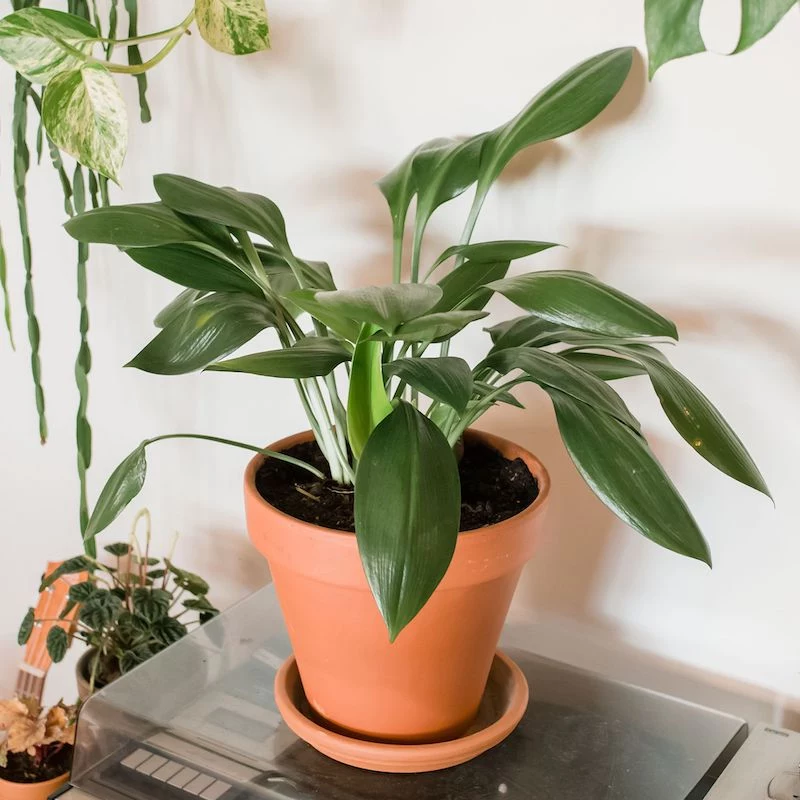
Meet Your New Plant Friends: The Details
1. The Snake Plant
This is my top recommendation for any beginner. I’ve seen these things survive in forgotten office corners for months and still look sharp. Their upright, architectural shape is a bonus for modern decor.
The Deal: It’ll hang on in very low light, but it won’t really grow. If you give it brighter, indirect light, it’ll reward you with faster growth. A heads up: the varieties with cool yellow stripes might lose that color and turn solid green in a darker spot to get more light-gathering power.
Watering: This is basically a succulent. The fastest way to kill it is too much water. Let the soil get bone dry all the way through the pot. You can test this by lifting it—a dry pot feels surprisingly light. Then, water it thoroughly. You might only do this once every 4-8 weeks in a dim room.
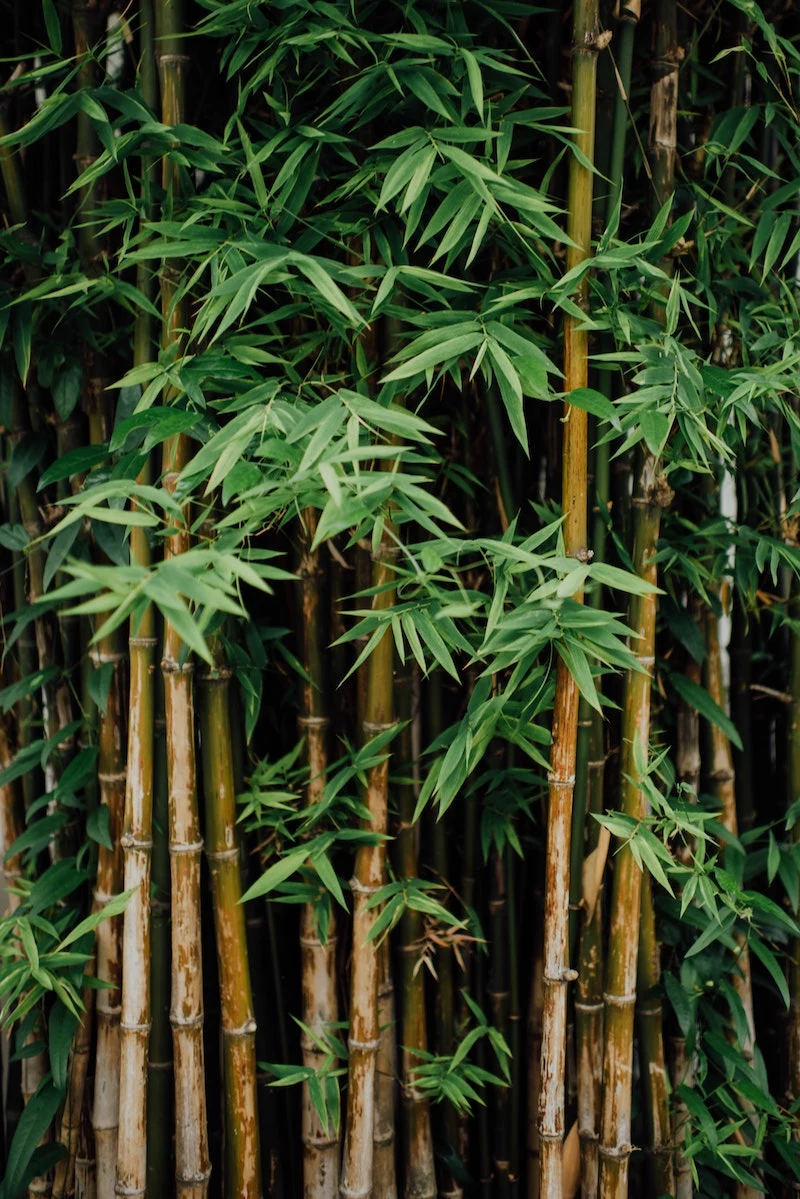
Good to know: A small 6-inch plant will probably cost you between $15 and $25. Larger, more mature ones can go for $50 or more. They are slow growers but can eventually reach 3-4 feet tall. Keep them away from pets that chew on plants, as they are mildly toxic if eaten.
2. The ZZ Plant
If the Snake Plant is tough, the ZZ is bulletproof. It grows from big, potato-like rhizomes under the soil that store water like a camel. It’s the perfect plant for people who travel or are just plain forgetful.
The Deal: It handles low light like a champ and can even get by with just overhead fluorescent lighting in an office. Just keep it out of direct, hot sun, which can scorch its glossy leaves.
Watering: Even less than the Snake Plant. Wait for the soil to dry out completely, and then… wait another week. I’m serious. It’s so much better to underwater this one.
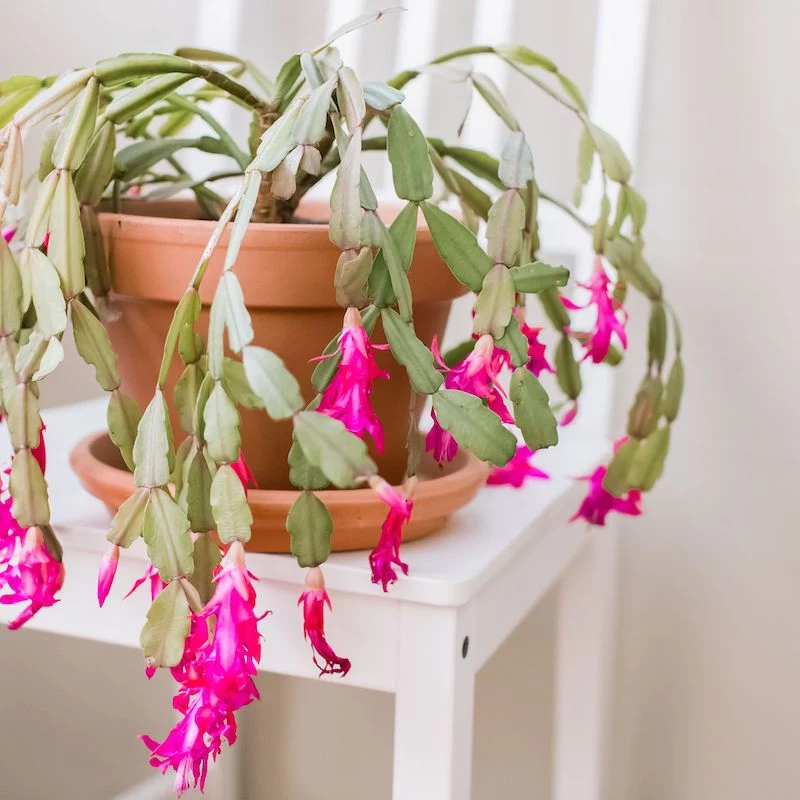
Good to know: Expect to pay $20-$30 for a decent-sized one. It’s a slow grower, usually topping out at about 3 feet tall and wide. All parts of this plant are toxic to both pets and people if ingested, so place it accordingly.
3. The Cast Iron Plant
This plant absolutely earned its name. It’s a throwback to traditional homes that were often dark and drafty. It can handle neglect, low light, and temperature swings without a fuss. It grows slowly, but it’s the definition of quiet elegance.
The Deal: It actually prefers shade. Direct sun will burn its deep green leaves. This makes it perfect for a north-facing room or a corner far from any window.
Watering: It’s more forgiving of a little moisture than the previous two, but it still hates wet feet. Just let the top couple of inches of soil dry out before watering again.
Good to know: This is the hero for pet owners—it’s completely non-toxic! They can be a bit pricier, maybe $25-$40, because they grow so slowly. Mature size is usually around 2-3 feet tall and wide. Quick tip: Its big leaves collect dust, which blocks light. Wipe them with a damp cloth once a month to keep them healthy.
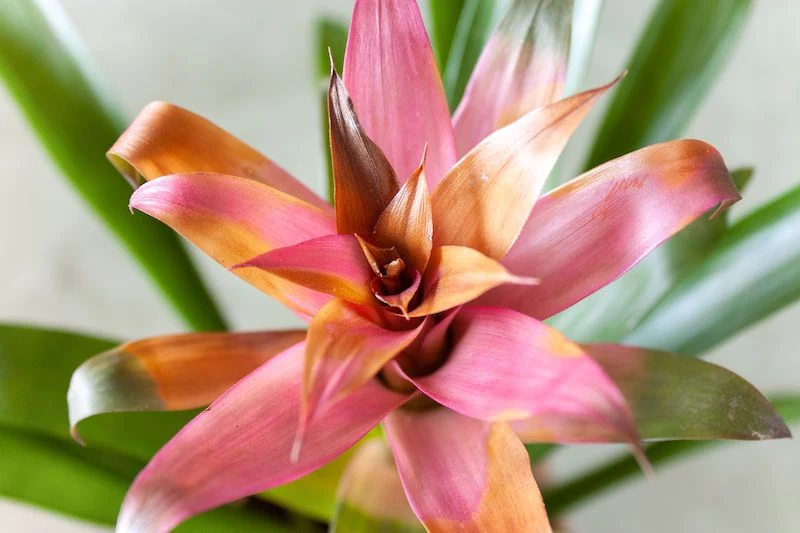
4. The Pothos
Often called Devil’s Ivy, this vining plant is so easy to keep alive. It’s super versatile—you can let it trail down a bookshelf or encourage it to climb. It’s also great for beginners because it visually tells you what it needs.
The Deal: It will grow in low light, but the leaves might be smaller and the vines a bit leggier. If you have a variegated one (with white or yellow splashes), it will likely turn all green in a dim spot to maximize its food production.
Watering: The Pothos is a great communicator. When the leaves start to look just a little soft and droopy, it’s time for a drink. Water it well, and it’ll perk right back up. It’s way better to watch for this cue than to water on a rigid schedule.
Good to know: These are usually very affordable, often under $15 for a nice hanging basket. They can easily trail over 10 feet, but you can prune them anytime to keep them full and bushy. Heads up: they are toxic to cats and dogs.
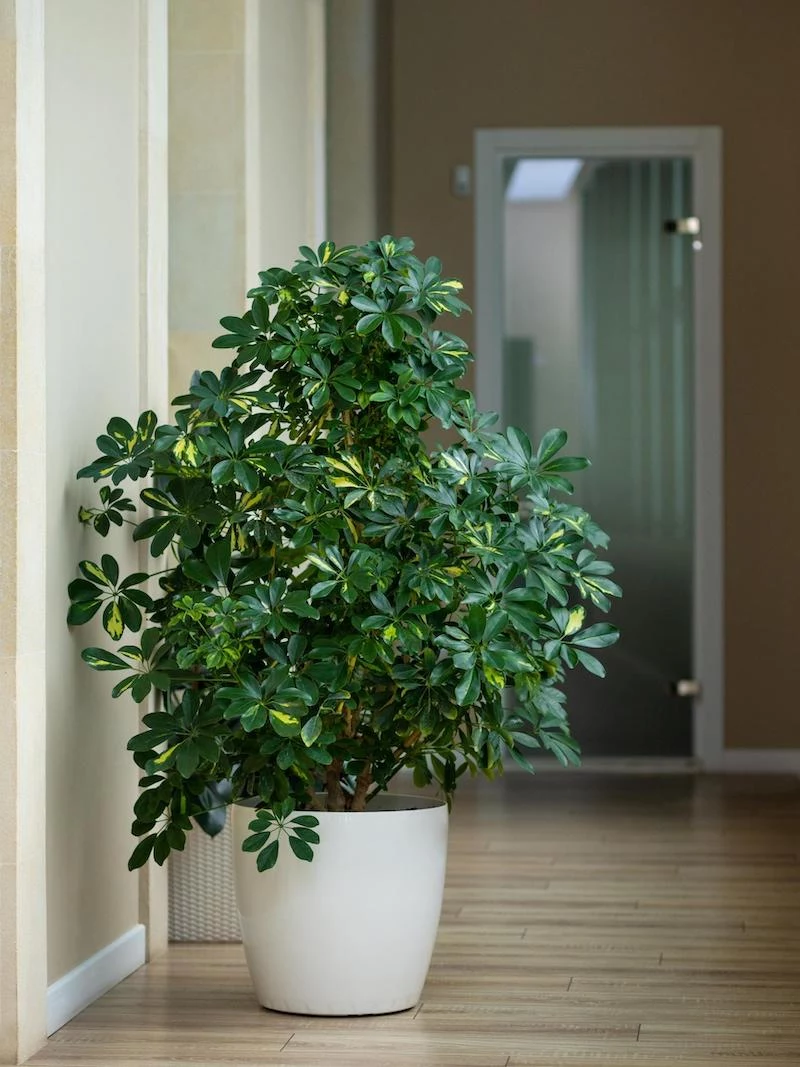
5. The Peace Lily
Okay, the Peace Lily can be a bit of a drama queen, but people love it for its beautiful white flowers. It’s one of the rare plants that will still bloom in lower light, and its dramatic antics are actually helpful for learning.
The Deal: It will be a lovely foliage plant in low light, but to get those signature white blooms, it needs a few hours of bright, indirect light each day. So, maybe not the darkest corner, but a spot across the room from an east-facing window is great.
Watering: This plant is famous for wilting dramatically when it’s thirsty. The whole thing just collapses. Don’t panic! It’s just asking for water. It will bounce back an hour after you give it a good soak. (Try not to let it happen all the time, as it is stressful for the plant).
Good to know: A 6-inch Peace Lily typically costs $15-$25. They grow to be about 2-3 feet tall. The leaves can get brown, crispy tips if you use hard tap water; letting water sit out overnight or using filtered water helps. This plant is also toxic to pets and people, so be careful.
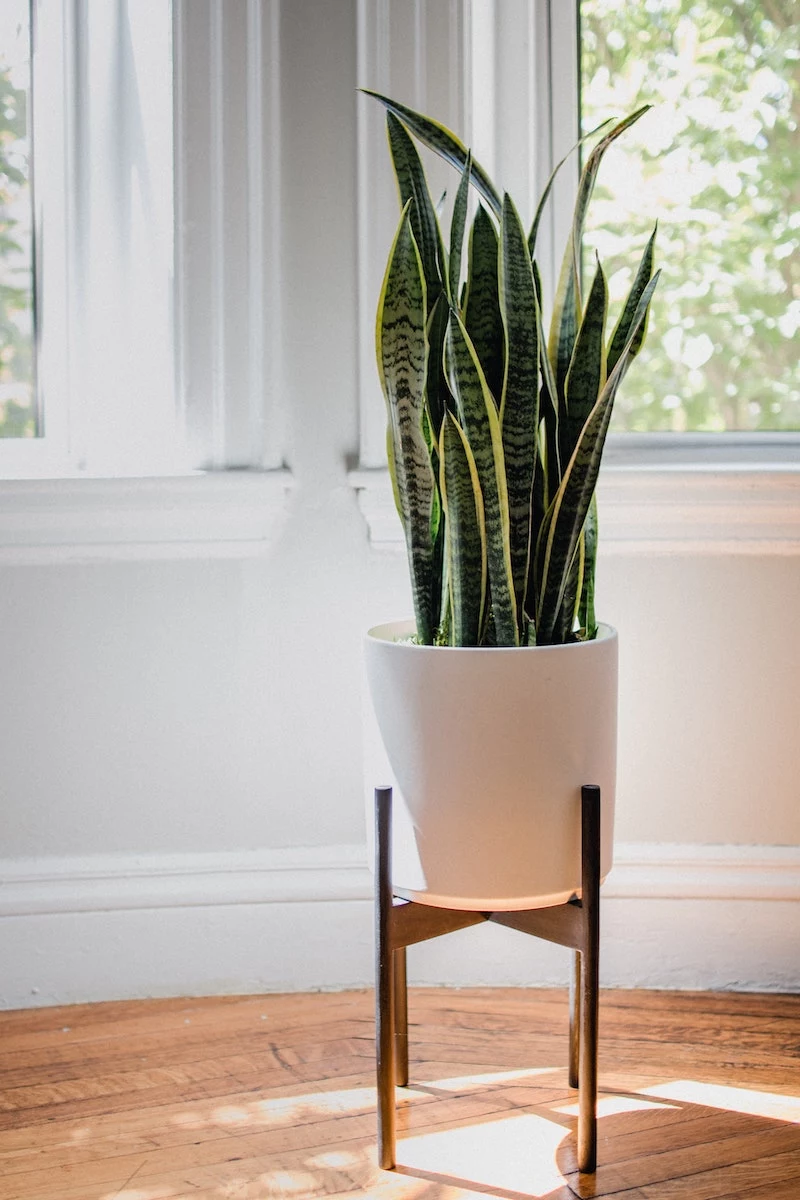
Oh No, Pests! (Don’t Panic)
Sooner or later, you might notice tiny webs or little white fuzzy spots on your plant. It’s okay! The most common pests in low-light, dry indoor air are spider mites (the web-makers) and mealybugs (the fuzzy spots).
Here’s the simple fix: mix a teaspoon of neem oil and a few drops of dish soap into a spray bottle of water. Shake it up and thoroughly spray the entire plant—tops and bottoms of leaves, stems, everything. Wipe off what you can with a paper towel. You may need to repeat this every week for a few weeks to get them all.
What About ‘Lucky Bamboo’?
You see this everywhere, sold as a low-light plant. But surprise—it’s not bamboo at all! It’s a type of Dracaena, a cousin of the Snake Plant. It can survive in low light and is often sold growing just in water. If you have one, the key is to change the water weekly and use filtered or distilled water, as it’s sensitive to chemicals in tap water. Honestly, they’re much happier in the long run if you eventually pot them in soil.
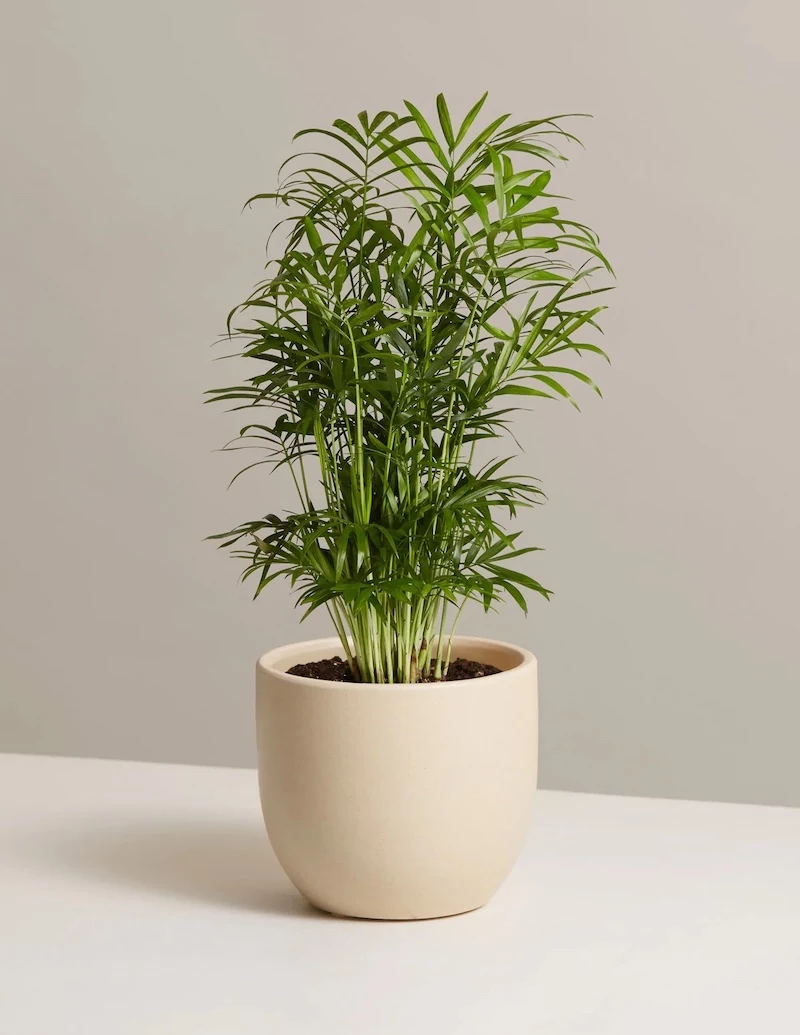
When a Window Isn’t Enough: Bring in the Light
Sometimes, a room is just too dark. But you don’t have to give up. Modern LED grow lights are a game-changer. They’re cheap, efficient, and don’t get hot.
You don’t need those intense purple-red lights. Just get a simple, full-spectrum white LED bulb. Look for a standard E26 screw-in bulb that’s at least 800 lumens (often marketed as a “60W equivalent”) with a “daylight” or “soft white” color. You can find them for under $10 online or at a hardware store. Pop it into any lamp, place it 1-3 feet from your plant, and run it on a cheap outlet timer for 10-12 hours a day. Problem solved.
Your Best Tool is Observation
Bringing plants into your home is all about learning to watch and listen. They’ll tell you what they need. Start with one or two from this list. Get your hands dirty, check the soil, and don’t be afraid to experiment. There’s no such thing as a “green thumb”—it’s just patience, observation, and a willingness to learn. You’ve got this.
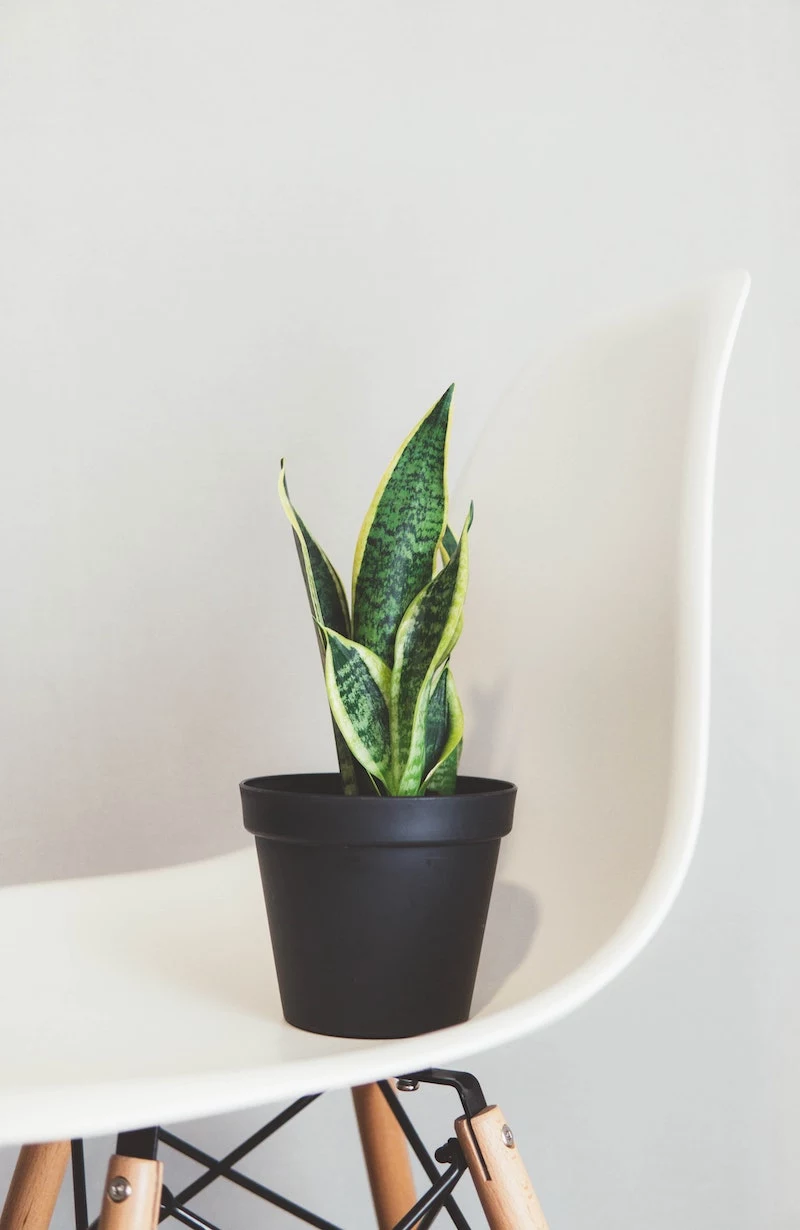
Inspirational Gallery
My chosen spot has almost no natural light. Is it hopeless?
Not at all! This is where technology becomes your best friend. A single full-spectrum LED grow light bulb can turn a dark corner into a plant-friendly zone. You don’t need a complex setup; simply screw a bulb from a brand like Sansi or GE Grow Light into a stylish floor or desk lamp you already own. Set it on a timer for 8-10 hours a day, and you can grow a Pothos or a Snake Plant even in a windowless room.
The #1 killer of low-light plants isn’t the lack of light—it’s too much water.
In a dim environment, photosynthesis slows down, and water evaporates from the soil much more slowly. Constant moisture suffocates the roots, leading to dreaded root rot. Before you even think about watering, stick your finger two inches into the soil. If you feel any moisture, wait a few more days. When in doubt, don’t water.
- More forgiving for over-waterers.
- Allows soil to dry out evenly.
- Classic, earthy aesthetic.
The secret? Choosing an unglazed terracotta pot. Its porous material wicks moisture away from the soil, providing a crucial buffer against root rot in low-light conditions where soil stays damp longer.
Important point: Don’t mistake slow growth for poor health. Low-light plants are marathon runners, not sprinters. A Sansevieria (Snake Plant) might only produce a few new leaves per year, and that’s perfectly normal! As long as the existing leaves are firm and vibrant, your plant is healthy and conserving its energy, just as it would on a shaded forest floor.
The Victorians, with their heavy drapery and dim, gas-lit parlors, knew a thing or two about low-light gardening. Their go-to plant was the Aspidistra elatior, or Cast Iron Plant, for its ability to withstand neglect, low light, and impure air. Today, its deep green, elegant leaves bring that same timeless, resilient character to modern spaces.
Terracotta Pot: Porous and breathable, it lets soil dry quickly, which is great for preventing root rot in plants like Snake Plants or ZZs. It’s a safety net for those who tend to overwater.
Glazed Ceramic Pot: Non-porous, it holds moisture for longer. This can be ideal for a truly neglectful plant owner, but requires more careful watering to avoid a soggy bottom. A pot with a drainage hole is non-negotiable here.
Give your plants a helping hand by maximizing the little light they get. It’s easier than you think.
- Dust the Leaves: A layer of dust can significantly block light absorption. Gently wipe leaves with a damp cloth once a month.
- Add a Mirror: Placing a mirror on the wall behind or beside your plant can literally double the available light.
- Choose Light Pots: A white or light-colored pot will reflect light back up towards the plant, unlike dark pots which absorb it.
According to a famous (though sometimes debated) 1989 NASA study, Snake Plants are unique in that they perform crassulacean acid metabolism, a form of photosynthesis where they release oxygen at night.
While you’d need a jungle to truly purify your home’s air, placing a Snake Plant in the bedroom is a nice touch. It’s a living, breathing sculpture that works the night shift for you.
Think low-light means only green? Think again. The Aglaonema, or Chinese Evergreen, is just as tough as a ZZ Plant but comes in a spectacular array of colors. Varieties like ‘Siam Aurora’ feature hot pink stems and leaf margins, while ‘Silver Bay’ offers a calming, minty-green and silver variegation. They are the perfect way to introduce color and pattern into a dim space without sacrificing resilience.
Fertilizer is like food, and low-light plants are on a permanent diet. Since they grow slowly, they need far fewer nutrients. During spring and summer, feed them with a balanced liquid indoor plant fertilizer, like one from The Sill or Espoma, diluted to half the recommended strength. Only feed once every 4-6 weeks, and stop completely in the fall and winter.










